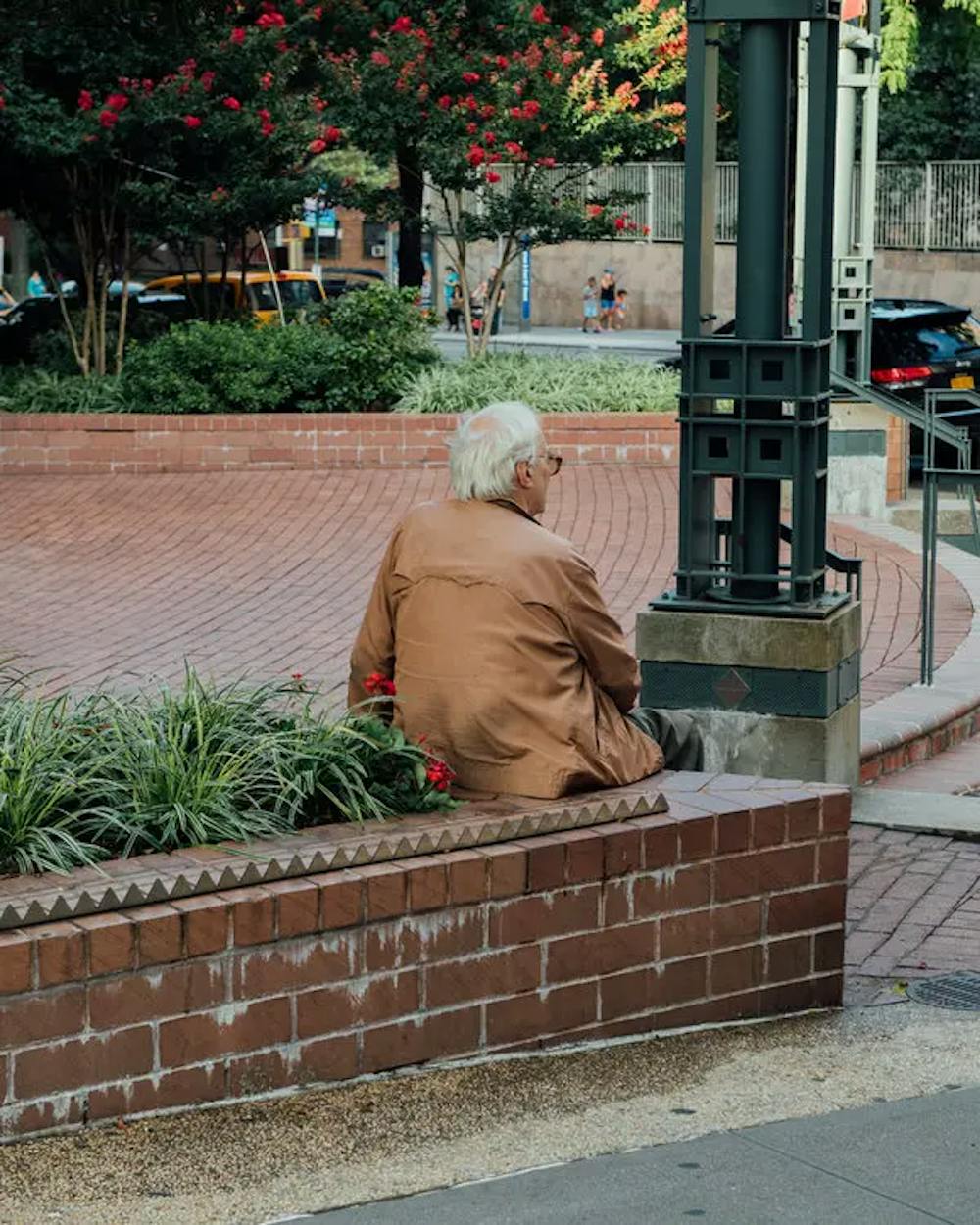Have you ever sat on a park bench and noticed an armrest in the center or spikes beneath the seat? It's an unpleasant experience to imagine. Now, consider the plight of someone homeless and seeking a place to rest, only to find that all of the benches are inaccessible.
This is an example of "hostile architecture," a design philosophy employed in public spaces to discourage certain behaviors such as sleeping, loitering, or skateboarding.
Hostile architecture can take many forms, including park benches with armrests or spikes to prevent lying down, or metal studs installed on ledges to discourage sitting or sleeping.
Hostile architecture originated in the mid-twentieth century when urban planners and architects began to design public spaces to deter certain groups of people from occupying them. The idea was to create spaces that were only accessible to certain people and to discourage others, such as homeless individuals or young people, from lingering or sleeping in those areas.
The use of hostile architecture has seen a surge in urban areas with high levels of homelessness and poverty. Despite some people considering it necessary for maintaining order and safety in public spaces, others argue that it perpetuates social inequalities and unfairly targets vulnerable populations, particularly the homeless.
Critics of hostile architecture believe that it is a symptom of a larger problem: the lack of affordable housing and social support for marginalized communities.
By making certain behaviors uncomfortable or difficult, these design elements effectively push marginalized communities out of public spaces, perpetuating a cycle of marginalization and further reinforcing social inequalities.
This can lead to increased levels of social isolation, mental health issues, and a sense of hopelessness among those who are already struggling to make ends meet.
Hostile architecture is a growing concern in Philadelphia, particularly in areas with high levels of homelessness and poverty. The city has seen an uptick in the use of design elements such as metal studs on ledges, sloping benches, and armrests to discourage loitering and sleeping in public spaces.
In response, advocacy groups have emerged to raise awareness about the issue and push for more inclusive design strategies that prioritize the needs of all community members.
Despite these efforts, hostile architecture remains a contentious issue in Philadelphia and other urban areas nationwide.
It is imperative to acknowledge and address the wider social and economic implications associated with the use of hostile architecture. Creating inclusive public spaces for all community members should be a top priority.
Enjoy what you're reading?
Signup for our newsletter
This involves tackling issues such as affordable housing, access to social services, and community engagement initiatives that foster a sense of belonging and mutual ownership of public spaces.
The ultimate objective is to establish public spaces that are secure, hospitable, and accessible to all members of the community, no matter their socioeconomic status or background.




